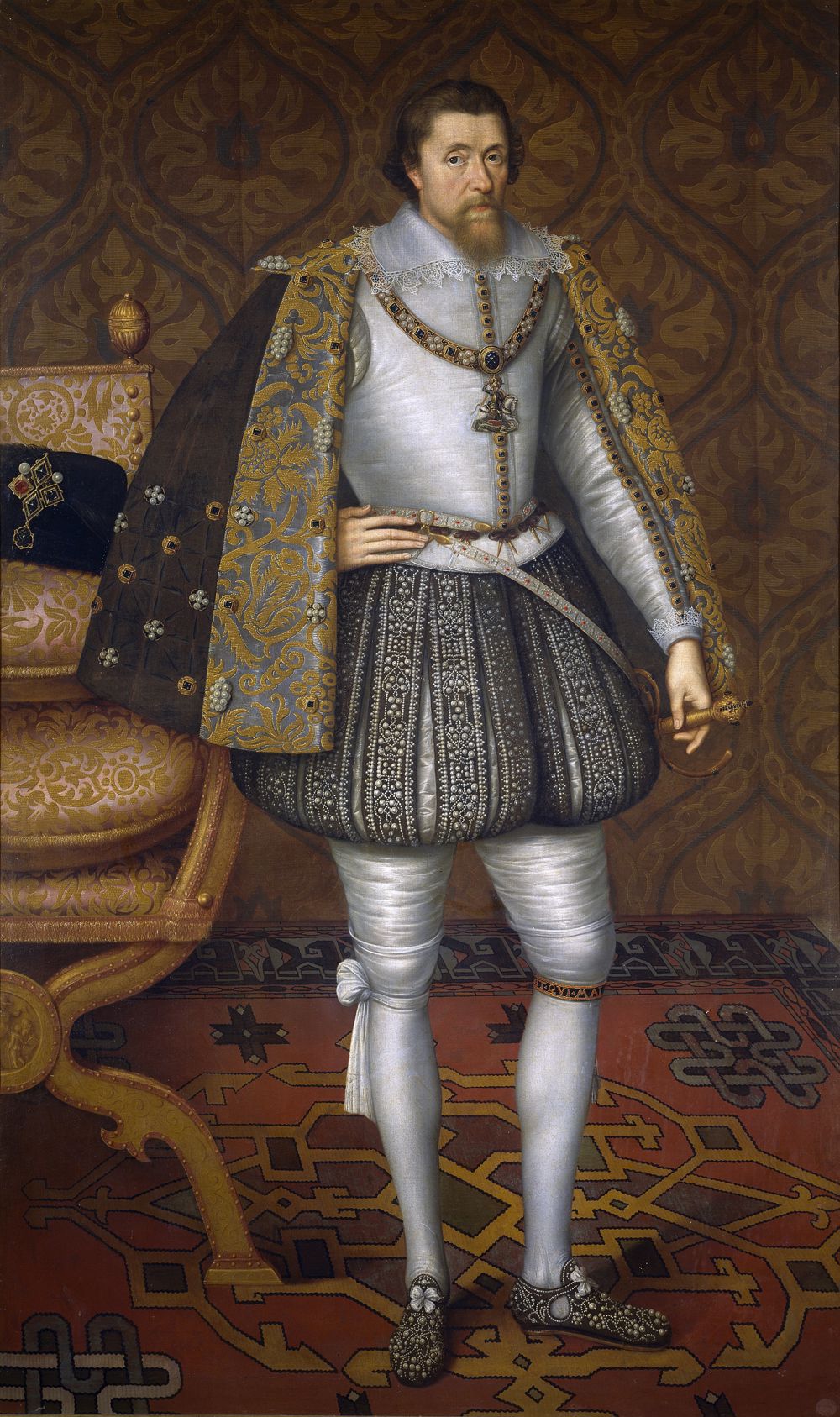Mulberry Trees, Wooden Dresses, and Plastic Pollution
In 1607 King James I of England formed a plan for Britain’s textile industry. He arranged for the planting of 10,000 mulberry trees, whose leaves are the favourite food of the silkworm caterpillar. Hence England could grow its own silk instead of importing it from Italy or France. Unfortunately, he planted the wrong sort of mulberry. We now have a lot of mulberry trees in London, but no silk production.

In the 19th century, British, French, and German chemists realised that silk was just plant material digested by the silkworm, then precipitated in a way that made the molecules join producing fibres as it came out of them and looked for ways to do this in the laboratory.
The British method used cellulose from wood and was called viscose because of the viscous liquid which hardened into the fibre. In 1905 Courtaulds chemical engineers created the first chemical plant in London to produce viscose artificial silk, resulting in dresses made of wood.
They later opened plants in the USA and in 1924 the product was named Rayon. This was the start of artificial fibres to make what might be described as a Chemical Clothes Industry making fabrics cheaper and more colourful. Many others followed but that was not the end for viscose.
A Swiss chemist wanted to make a spill resistant material for tablecloths and tried spraying viscose on it. When it hardened it made a clear film, but this peeled off. Seeing the potential, it took him ten years to develop a flexible clear film he named Cellophane, which was used to wrap sweets individually and in bags. It was waterproof but allowed moisture to diffuse through. A lacquer of nitrocellulose could make it partially or completely moisture proof and it could be coloured. Industry developed in the USA, and Courtaulds in the UK built a Cellophane plant next to their Rayon one.
As well as its use for sweets, it enabled many kinds of food to be handled and displayed hygienically, making the food supermarket possible. A key result was that meat could be ready cut, and the customer could see and choose what they wanted, which was much faster than queuing and requesting cuts. Cellophane prevented the meat oxidizing and going brown, the quality was on display, and a modern style of shopping began.
There have been many other fibres and film in use since, but attention is going back to cellulose products in place of those from oil since it is biodegradable, so fibres and particles are not a permanent problem if they get into the environment. This is not to say that these products are automatically green, since wood has usually not been harvested sustainably, and other chemicals used in the process have been used in ways which harm the workers and the environment in low-wage economies. However improved processes of chemical engineering give products with low environmental impact if coupled with responsible management of the workers and environment.
In 1934 Cole Porter’s hit song “You’re the Top” celebrated the greatest things in the world. One verse was:
“You're the top! You're Mahatma Gandhi. You're the top! You're Napoleon brandy. You're the purple light of a summer night in Spain. You're the National Gallery; you're Garbo's salary, You're cellophane!”